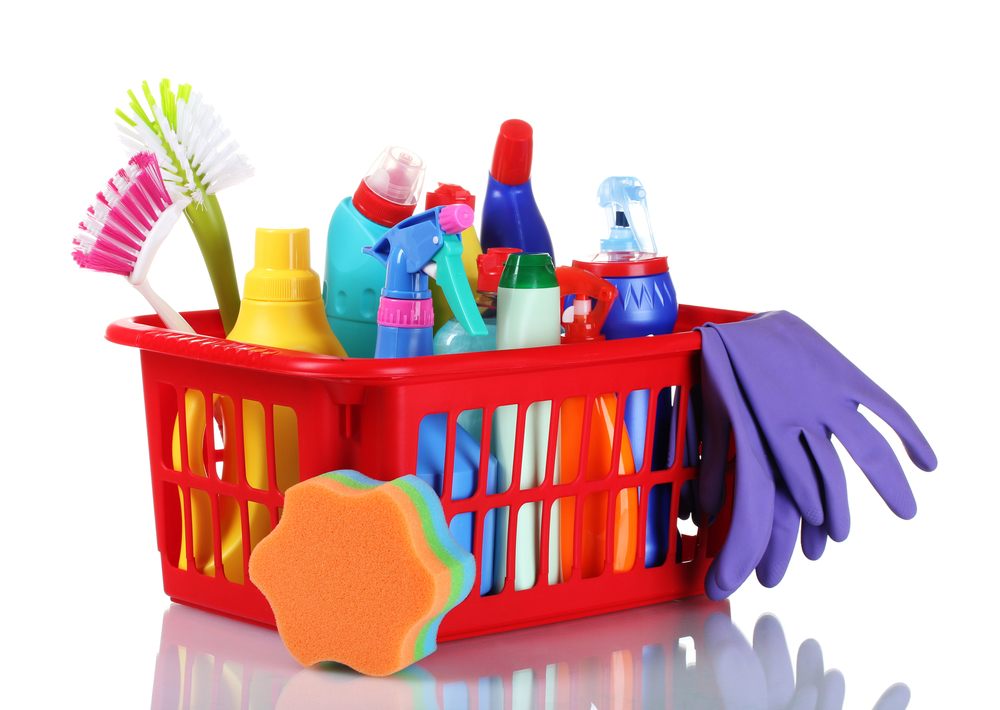Laundry 'Pods' Account for Half of Detergent Poisoning Cases

Laundry detergent sold in small pods present a hazard for young children who are inclined to put the shiny, colorful capsules in their mouths, a new report says.
Between May and June of this year, U.S. poison control centers reported 485 cases of children who were exposed to detergent from the pods — most of them through ingestion. That's about half of all cases of laundry detergent exposure reported by poison control centers for that period, according to the report from the Centers for Disease Control and Prevention (CDC).
Moreover, children who ingested the pods were more likely to experience ill health effects, such as vomiting, drowsiness and coughing, compared with children who ingested other types of laundry detergent (such as liquid detergent), the report says. Some young children who ingested the pods experienced breathing problems and seizures.
About 94 percent of children exposed to the pods were less than 5 years old.
"To children, laundry detergent pods might look like candy," the CDC says. "As with other household cleaners, these products should be kept out of reach and out of sight of children."
"Health-care providers should be aware that exposure to laundry detergent from pods might be associated with adverse health effects more often than exposure to non-pod laundry detergents," the report says.
Laundry pods hit the market in 2010, and some manufacturers have now taken steps to add safety features to the containers that store the products.
Sign up for the Live Science daily newsletter now
Get the world’s most fascinating discoveries delivered straight to your inbox.
The report will be published tomorrow (Oct. 19) in the CDC's Morbidity and Mortality Weekly Report.
Pass it on: Laundry detergent pods are a hazard for young children, and should be kept out of their reach.
Follow MyHealthNewsDaily on Twitter @MyHealth_MHND. We're also on Facebook & Google+.

Rachael is a Live Science contributor, and was a former channel editor and senior writer for Live Science between 2010 and 2022. She has a master's degree in journalism from New York University's Science, Health and Environmental Reporting Program. She also holds a B.S. in molecular biology and an M.S. in biology from the University of California, San Diego. Her work has appeared in Scienceline, The Washington Post and Scientific American.










